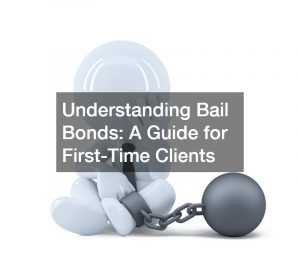The global COVID-19 pandemic has made people no stranger to unexpected occurrences. However, this does not mean that we are all fully prepared for the challenges it brings.
Have your debts reached a point where they are already unmanageable? Are you facing an impending foreclosure on your home and growing credit card dues?
Filing for bankruptcy often feels like a failure for those who experience it, but it can also signal a fresh start. Either way, it is not a decision that anyone should make hastily. Since bankruptcy involves serious consequences, it is essential to know if this is the best move.
Is It the Right Time to File for Bankruptcy?
Individuals usually consider filing for bankruptcy when they have exhausted all other options to settle their debt. It is often the last resort that one takes when they find that they cannot catch up to their payments. Before choosing this route, it is advisable to seek alternatives that might have lighter consequences for you.
For problems with mortgage payments, speak with your lender to see what options you qualify for. Among usual offers is forbearance, which postpones or reduces your expenses for a temporary period. A long-term option is a loan modification, which adjusts your interest rate to an agreeable price and allows for an extension of your total payment period.
You can also avail of a repayment plan that lets you catch up with unpaid dues by adding them on top of current mortgage payments for a set number of months. This is preferable when you have returned to a state where you can make your monthly payments again.
It also pays to speak with your creditors and negotiate payment terms to agree that works for both parties. Just remember that bankruptcy does not automatically excuse you from paying taxes. Get the assistance of IRS tax relief services to find the best course of action for your situation.
Suppose negotiating terms with your lenders and creditors does not yield ideal results. In this case, bankruptcy can significantly reduce or even altogether remove your debt. However, it also negatively affects your credit score and even your employment opportunities in the future.

Common Types of Bankruptcy
Personal bankruptcy usually takes one of two forms: Chapter 7 or Chapter 13, both of which get their names from the part of the Bankruptcy Code they are found in. Here’s how the two differ:
Chapter 7
Chapter 7 is also known as liquidation bankruptcy. Although this is among the most common types of bankruptcy, it puts you at risk of losing various personal assets. Your creditors can use your even investment properties and other luxuries as partial payment to your debts. You also lose your credit cards.
Note that not just anyone qualifies for Chapter 7 too. You are required to take a two-part bankruptcy means test that checks if your income is sufficient to pay your debts with time. If the court deems that your current income can still answer your pending debt, it bars you from getting a Chapter 7 discharge.
The second part of the test documents how much you spend on essentials, including food, medical bills and prescriptions, and rent, which the courts categorize as allowable expenses. This decides if your spending habits are excessive or not and if you can go through with your filing.
Chapter 13
A Chapter 13 bankruptcy, on the other hand, is also called a wage earner’s plan. Its most significant difference from Chapter 7 is that instead of liquidating your assets, Chapter 13 offers a chance to repay your debt to a trustee over a set period.
This is ideal if you prefer to keep your home in the bankruptcy process. However, it is essential to note that there is still an expectation that you will make all necessary payments in your plan.
Chapter 13 does not usually cause adverse effects on your credit score as drastic as those for Chapter 7, but it will still put a mark on your record. Financial institutions will keep your late payments on your credit report, and any late payment still impacts your credit.
Can You Recover from Bankruptcy?
The answer is yes if you make responsible decisions afterwards. Bankruptcies are often devastating experiences, but they offer new beginnings too.
Study your credit reports and note your previous mistakes. This gives you good examples of what not to repeat and what not to start making in the future. Monitor your credit progress and be diligent in making timely payments.
Not many will want to experience the process of filing for bankruptcy. With the proper mindset and right decisions, your finances will slowly but surely recuperate and you can reap the rewards of your perseverance.



